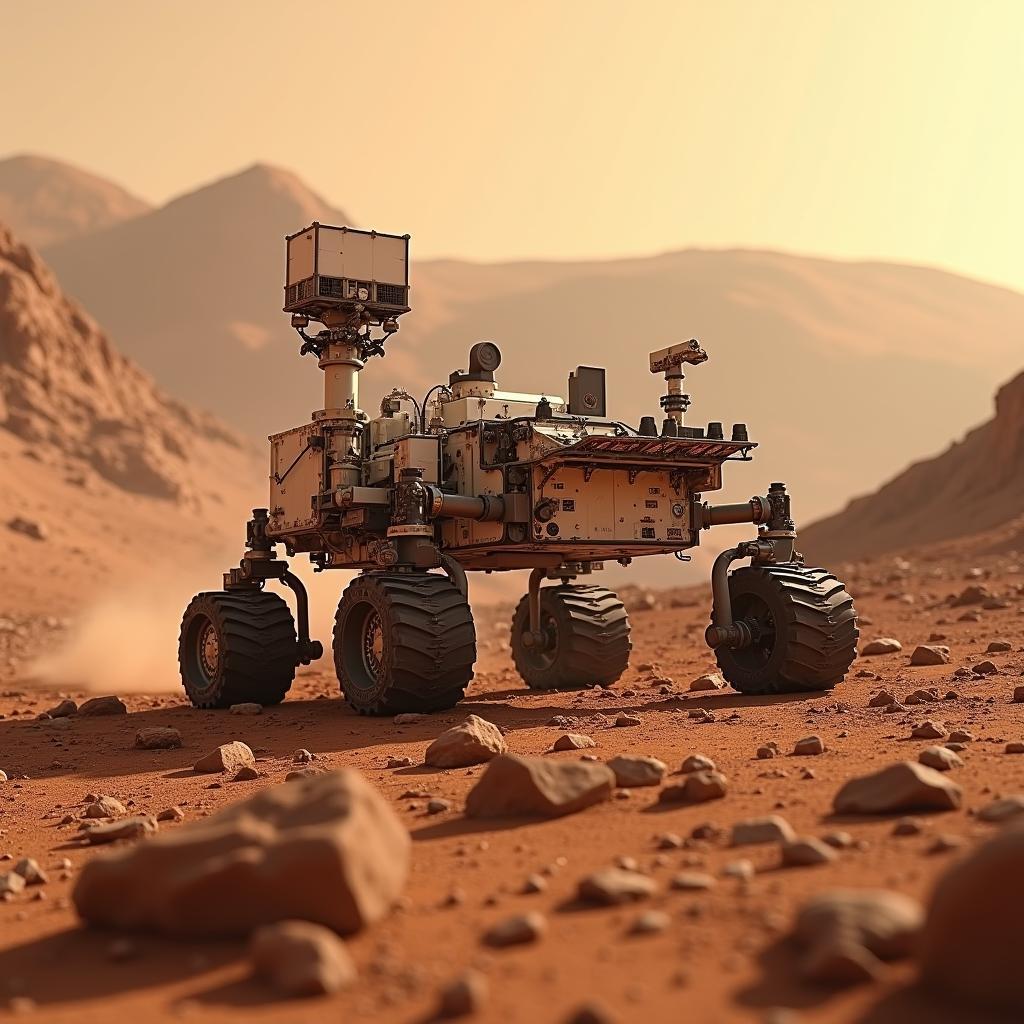In the IELTS Reading test, you’ll encounter a variety of passages on different topics. One such potential topic is space exploration, focusing on specific missions to Mars and the Hubble Space Telescope’s discoveries. This topic has gained significant interest recently due to advancements in space technology and the ongoing curiosity about our universe. Analyzing such readings can help you prepare for IELTS by familiarizing you with scientific texts and their vocabulary.
Mock IELTS Reading Passage
Passage Type: Medium Text
The Success and Challenges of Mars Missions, Significant Discoveries by the Hubble Space Telescope
In the realm of astronomical exploration, two endeavors stand out significantly: Mars missions and the discoveries made by the Hubble Space Telescope. These ventures have not only expanded our knowledge of the cosmos but have also presented numerous challenges and triumphs.
Successes of Mars Missions
The exploration of Mars has a rich history, beginning with earlier missions like Mariner 4, which provided the first close-up images of the Red Planet. NASA’s Mars rovers, Spirit and Opportunity, further revolutionized our understanding by finding evidence of past water activity. Most recently, the Perseverance rover has continued this legacy by searching for signs of ancient microbial life and collecting samples for future return to Earth. The European Space Agency (ESA) has also played a part with its ExoMars program aimed at searching for biosignatures on Mars.
Challenges Faced
Despite these achievements, Mars missions have faced significant obstacles. The harsh Martian environment, with its extreme temperatures and dust storms, poses a threat to the machinery and technology employed. Landing on Mars itself is a daunting task due to its thin atmosphere, which requires precise engineering to safely decelerate the spacecraft.
 Mars rover exploring desolate red rocky surface of Mars with distant hills under hazy sky.
Mars rover exploring desolate red rocky surface of Mars with distant hills under hazy sky.
Hubble Space Telescope Discoveries
Launched in 1990, the Hubble Space Telescope has made extensive contributions to astronomy. It has captured breathtaking images and provided data that have led to significant discoveries. One notable achievement is the observation of distant galaxies, which has enhanced our understanding of the universe’s expansion. Hubble has also observed exoplanets and nebulae, providing insights into the processes of star and planet formation.
Instrumental Challenges
However, Hubble’s journey has not been devoid of challenges. Initially, a flaw in its primary mirror significantly impaired its vision. Subsequent shuttle missions were required to correct these issues, highlighting the complexities of maintaining such advanced equipment in space.
Questions
Question Type: Matching Information
-
Match the following pieces of information with the correct paragraph number (I-IV):
1. Description of an early Mars mission. 2. Details about the difficulties of operating in a harsh environment. 3. Achievements by the Perseverance rover. 4. The discovery of distant galaxies by Hubble.
Question Type: True/False/Not Given
- True/False/Not Given: The European Space Agency’s ExoMars program is focused on studying the Martian atmosphere.
- True/False/Not Given: Hubble’s primary mirror was perfect from the launch.
- True/False/Not Given: Spirit and Opportunity found evidence of current water flow on Mars.
Question Type: Summary Completion
-
Complete the summary with the list of words A-G below.
The Hubble Space Telescope has greatly contributed to the study of ___ (A). Despite facing a major problem with its primary mirror, it was repaired in subsequent missions. One of its notable achievements is observing ___ (B), which has improved our knowledge about ___ (C).
- A. galaxies
- B. distant galaxies
- C. the universe’s expansion
- D. Martian water
- E. astronomical exploration
- F. microbial life
- G. Mars’ atmosphere
Answers and Explanations
- 1 – I: Mariner 4’s first images are mentioned in Paragraph I. 2 – II: The harsh Martian environment is discussed in Paragraph II. 3 – I: Perseverance’s achievements are in Paragraph I. 4 – III: Distant galaxies by Hubble are noted in Paragraph III.
- False: The ExoMars program is more about biosignatures rather than the atmosphere.
- False: The primary mirror had a flaw initially.
- False: Spirit and Opportunity found evidence of past, not current, water flow.
- A – E, B – B, C – C
Common Mistakes
A frequent mistake in this type of reading passage is misinterpreting details. For example, students might confuse past water evidence with present water activity. Another common error is not matching information correctly due to overlooking key details.
Vocabulary
- biosignatures (n.) [ˈbaɪəʊˌsɪɡnətʃər]: signs of past or present life.
- decelerate (v.) [dɪˈsɛləˌreɪt]: to reduce speed.
- nebulae (n.) [ˈnɛbjʊliː]: clouds of gas and dust in outer space, visible in the night sky.
Grammar Points
- Relative Clauses: Important for adding extra information. Example: ‘NASA’s Mars rovers, Spirit and Opportunity, which found evidence of past water activity…’
- Passive Voice: Common in scientific texts to focus on the action rather than the subject. Example: ‘Subsequent shuttle missions were required to correct these issues…’
Conclusion and Tips
To excel in the IELTS Reading section, practice regularly with diverse passages to build your vocabulary and comprehension skills. Understand the types of questions you may encounter and how to approach them efficiently. Finally, always review your mistakes to avoid repeating them.


